Your message has been sent.
We’ll process your request and contact you back as soon as possible.
The form has been successfully submitted.
Please find further information in your mailbox.


Industry 4.0 is revolutionizing how businesses create, develop and deploy their products. Companies are now incorporating state-of-the-art technologies like industry 4.0 IIoT, cloud computing, analytics, artificial intelligence, and machine learning into their factories and operations. It’s a huge step forward, making manufacturing faster, more efficient, and smarter than ever.
Smart factories are revolutionizing the manufacturing industry, introducing new levels of efficiency and responsiveness. Embedded software, advanced sensors, and robotics collect data to enable better decision-making and integrate production operations with enterprise systems to unlock previously siloed information.


Not sure what advanced technologies to embrace on the way to digitalization?
Let us guide your industry 4.0 journey with our expert services for a smooth digital evolution.
Industry 4.0 is a form of advanced manufacturing, ushering in digital transformation that makes it easier to make decisions in real-time and achieve greater efficiency, flexibility, and agility.
Industry 4.0, also known as the Fourth Industrial Revolution, refers to the integration of advanced technologies into traditional manufacturing and industrial processes. This integration includes automation and digitalization, leading to a more connected, efficient, and intelligent production environment. Automation and industry 4.0 refer to the use of technologies like artificial intelligence, robotics, and the internet of things to automate routine tasks, freeing up workers to focus on higher-level tasks. Digital transformation and industry 4.0 encompass the broader shift towards a more data-driven, digital-first approach in all aspects of the industry, from design and engineering to production and logistics. By harnessing the power of these technologies, Industry 4.0 aims to revolutionize the way we produce goods and services, creating a more sustainable and efficient future for businesses and consumers alike.
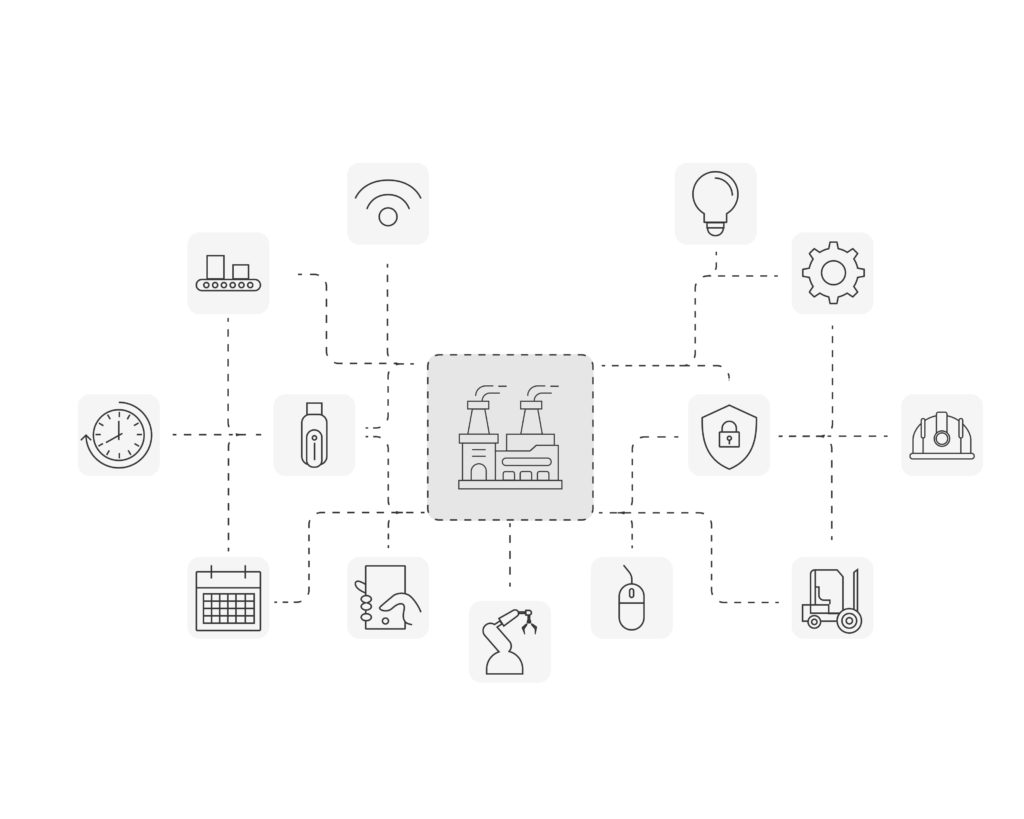
Big data and AI analytics: Industry 4.0 entails the gathering of massive amounts of data from diverse sources such as IoT devices, factory equipment, weather, and traffic applications, as well as ERP and CRM systems. This data is analyzed in real-time through artificial intelligence and machine learning, leading to enhanced decision-making and automation across all facets of supply chain management, including procurement, R&D and engineering, enterprise asset management (EAM), logistics management, manufacturing, and supply chain planning.
Horizontal and vertical integration: Industry 4.0 is built on the foundation of both horizontal and vertical integration. Horizontal integration connects processes on a broader scale, including across multiple facilities and the entire supply chain. Vertical integration, on the other hand, unifies all levels of the organization, allowing data to flow seamlessly from the top floor to the production floor and vice versa. This results in a tightly integrated system where production is closely aligned with other business processes such as R&D, sales and marketing, quality assurance, and other departments, breaking down the barriers of data and knowledge silos.
Cloud computing: Cloud computing is a crucial element of Industry 4.0 and digital transformation, enabling a multitude of advancements. Today, cloud technology extends far beyond its traditional benefits, such as speed, scalability, cost-effectiveness, and storage. It serves as the cornerstone for cutting-edge technologies, including AI and the internet of things, and empowers businesses to drive innovation. The cloud serves as the home for the data powering Industry 4.0 technologies, and the cyber-physical systems at the heart of Industry 4.0 utilize the cloud for communication and coordination.
Augmented reality (AR): The integration of augmented reality, a technology that blends digital content with the physical environment, is a central aspect of Industry 4.0. AR allows employees to access real-time IoT data, digitized parts, training content, repair or assembly instructions, and more through smart glasses or mobile devices simply by looking at a physical object such as equipment or a product. Despite being in its nascent stage, AR has significant implications for maintenance, service, and quality assurance, as well as the training and safety of technicians.
Industrial internet of things (IIoT): The industrial internet of things in industry 4.0 is so critical to industry 4.0 that the two are frequently used interchangeably. The majority of physical objects in connected factories, including devices, equipment, machinery, robots, and products, are equipped with sensors and RFID tags that provide real-time data about their condition, performance, and location. This technology enables industry 4.0 companies to optimize their supply chains, quickly design and modify products, avoid equipment downtime, stay ahead of consumer trends, monitor products and inventory, and much more.
Additive manufacturing/3D printing: Additive manufacturing, also known as 3D printing, is a crucial technology powering Industry 4.0. Initially utilized as a tool for rapid prototyping, 3D printing has now expanded its range of applications to include mass customization and decentralized manufacturing. With this technology, parts and products can be stored as design files in virtual inventories and produced on-demand at the point of use, thereby reducing both transportation distances and costs.
Autonomous robots: Industry 4.0 is ushering in a new era of autonomous robots. These robots are designed to carry out tasks with limited human involvement and come in a range of sizes and functions, from inventory scanning drones to autonomous mobile robots for pick and place operations. Equipped with advanced software, AI, sensors, and machine vision, these robots are capable of tackling complex and delicate tasks and can process, analyze, and respond to information received from their environment.
Simulation/digital twins: A digital twin refers to a virtual representation of a physical machine, product, process, or system that is based on data collected from IoT sensors. As a key aspect of Industry 4.0, it empowers businesses to gain greater insights, evaluate, and optimize the efficiency and upkeep of industrial systems and products. For instance, an asset operator can utilize a digital twin to pinpoint a problematic component, anticipate potential problems, and enhance availability.
Cybersecurity: In the era of Industry 4.0, where connectivity and the utilization of big data are on the rise, strong cybersecurity measures are crucial. By adopting a Zero Trust approach and utilizing innovative technologies such as machine learning and blockchain, organizations can streamline the detection, prevention, and response to security threats, thereby reducing the risk of data breaches and ensuring seamless operations across their networks.
Edge computing: The need for immediate response in production operations requires that some data analysis be performed at the source, known as the “edge.” This reduces the delay from when data is generated to when a response is needed. For example, the identification of a safety or quality issue may require quick action with the equipment, and sending the data to the enterprise cloud and back to the factory floor may take too long and depend on the network’s reliability. Edge computing also ensures that data remains close to its origin, reducing the risk of security breaches.
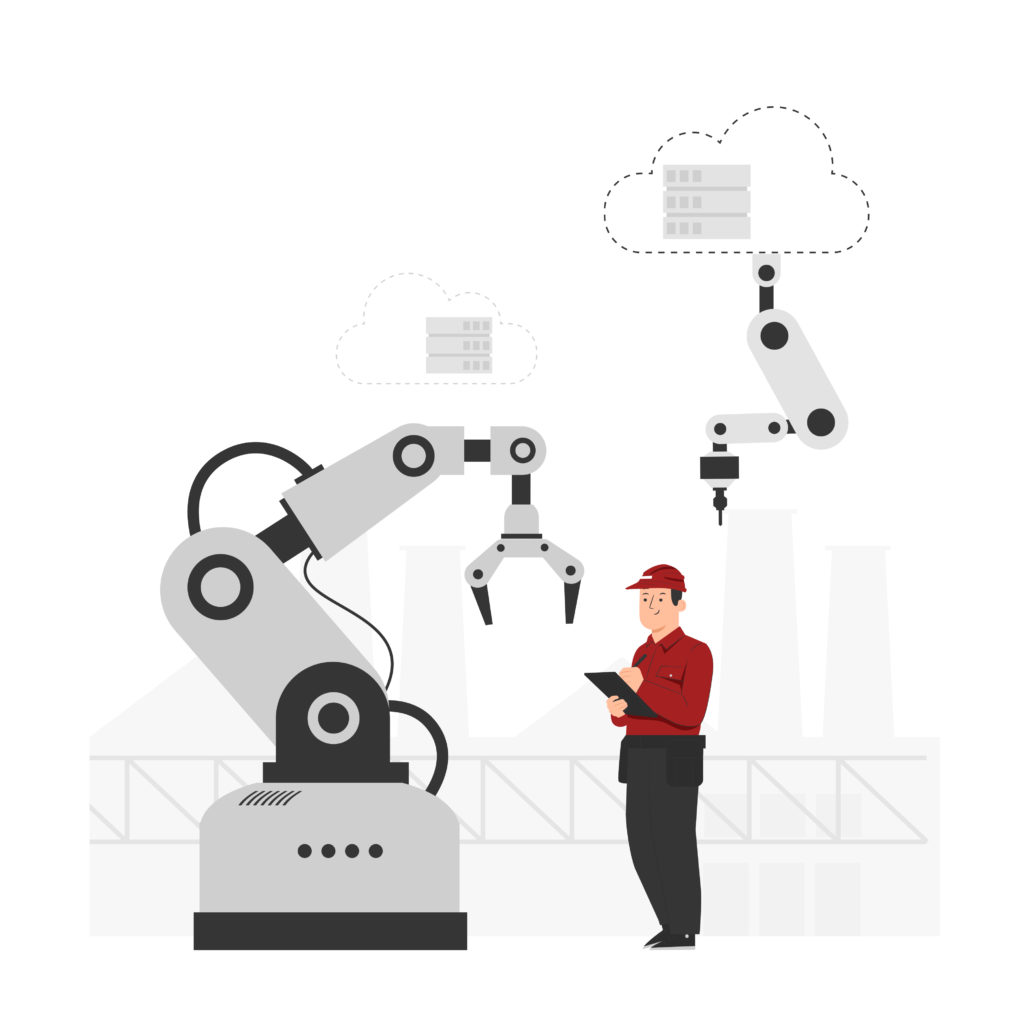
By thinking about how smart manufacturing could be applied to your business or a business similar to yours, you can start to see the potential benefits and opportunities that industry 4.0 solutions can bring. From increased efficiency to enhanced customer experiences, the possibilities are endless.
Industry 4.0 technologies give manufacturers the foresight to anticipate potential issues before they occur. Without the implementation of IoT systems in their factories, maintenance tasks are performed based on schedules or time intervals, making it a manual process. However, with IoT systems in place, maintenance becomes more automated and efficient, as the systems can detect issues or the need for repairs and allow manufacturers to address potential problems before they escalate. Predictive analytics enables companies not only to analyze past events and causes but also to predict future outcomes and take proactive measures to prevent them. This shift from preventive maintenance to predictive maintenance can be achieved through the use of predictive analytics.
Industry 4.0 technologies enhance the efficiency of assets throughout the supply chain for manufacturers, providing them with a clear understanding of inventory, quality, and opportunities for optimization in logistics. By implementing IoT systems in their factories, employees can access real-time information about their assets globally. The management of standard asset tasks, including transfers, disposals, reclassifications, and adjustments, can be streamlined and centrally managed in real time.
Embedded sensors and interconnected machinery are generating a huge amount of data for manufacturing businesses. Analyzing this information can help them recognize patterns from the past, make better decisions and stay ahead of their competition. Companies can also get more value from their operations by examining data from other parts of the organization like HR, sales, or inventory control. This data can then be used to create production decisions based on personnel availability and profit margins. Having an exact digital replica of all your processes is known as a “digital twin”. It gives you the power to foresee possible outcomes and make even more informed decisions.
The smart factory is built on a network that allows it to be interconnected. It collects data from sensors, devices, and machines in real-time and puts it to immediate use for the factory’s assets, and shares the data across different parts of enterprise software, such as ERP or other business management systems. This interconnectivity makes sure all of your information is connected and up-to-date.
Smart factories are revolutionizing the way customized goods can be produced at an economical price. Now, businesses in many sectors are aspiring to make “lots of one” product for individual customers. With the help of simulation software, new materials, and 3D printing technology, manufacturers can easily manufacture small batches of specialized items that meet each customer’s needs. The first industrial revolution was about mass production, but Industry 4.0 is all about personalization.
Industrial operations depend on a transparent and efficient supply chain that connects to production processes as part of an advanced Industry 4.0 system. This changes the way manufacturers source their raw materials and deliver their products. By giving some production info to suppliers, companies can plan deliveries better – for example, if there is a disruption in an assembly line, the delivery route can be altered or postponed to save time and money. Furthermore, analyzing data from weather, transportation partners, and retailers enables predictive shipping, bringing finished goods to customers at the ideal moment. Blockchain technology is becoming increasingly important to ensure transparency within supply chains.
Industry 4.0 implementation has the potential to revolutionize the way we live and work. By leveraging these advanced technologies, businesses can improve efficiency, reduce waste, and enhance customer experiences. From factories to warehouses, logistics to banking, the possibilities are endless, and the potential benefits are significant.
It’s important to note that Industry 4.0 is still in its early stages of development, and there will be challenges along the way. However, by embracing these technologies and working towards a more connected and efficient future, we can create a world that is more productive, sustainable, and secure.
As the world continues to evolve and technology continues to advance, Industry 4.0 has the potential to bring about positive change on a global scale. The time is now for businesses to embrace these technologies and harness their full potential. By doing so, we can create a future that is more efficient, sustainable, and equitable for all.
Industry 4.0 represents the integration of advanced technologies like artificial intelligence, big data, IoT, etc., into traditional manufacturing processes. Its significance for businesses lies in fostering a more connected, efficient, and intelligent production environment. Embracing Industry 4.0 enables businesses to streamline operations, enhance flexibility, and make informed, real-time decisions.
Our team maintains a proactive approach by consistently engaging in ongoing learning initiatives, participating in industry conferences, and collaborating with leading organizations. This commitment ensures that we remain well-informed about the latest advancements and trends in Industry 4.0 technology.
Surely, Innowise values collaboration and is open to partnerships in the dynamic field of Industry 4.0 development. We believe in fostering meaningful relationships to drive innovation and deliver comprehensive solutions. If you’re interested in exploring partnership opportunities, feel free to reach out to us.
Rate this article:
4.8/5 (45 reviews)

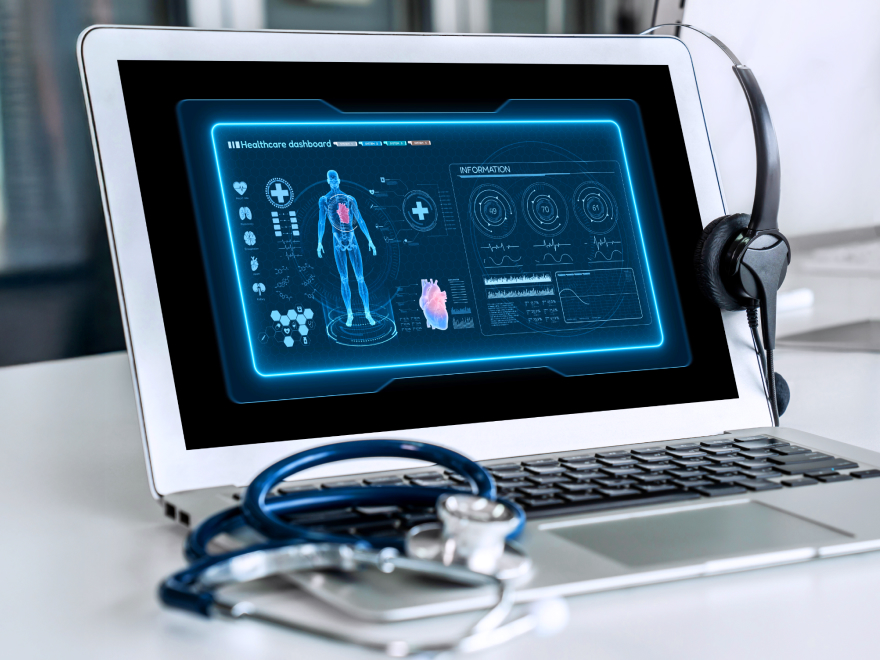


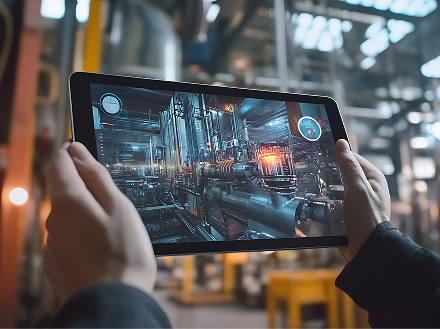





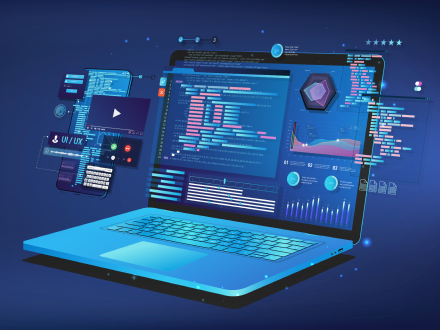
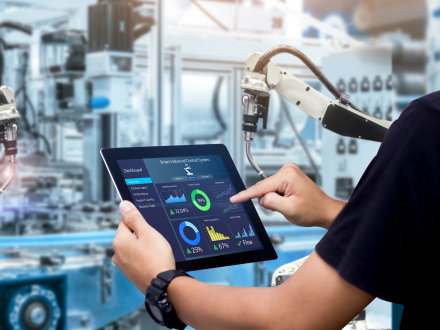
Your message has been sent.
We’ll process your request and contact you back as soon as possible.

By signing up you agree to our Privacy Policy, including the use of cookies and transfer of your personal information.